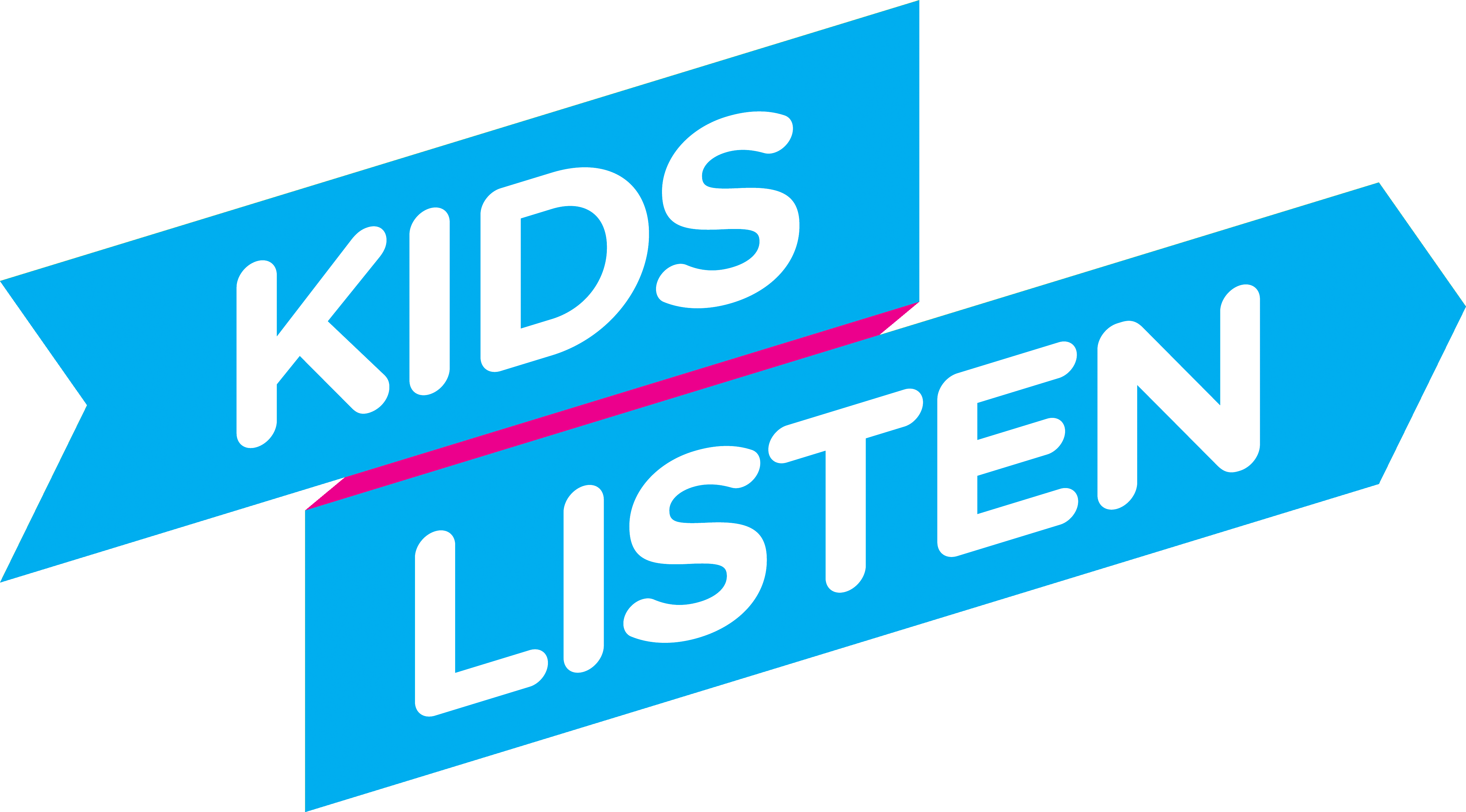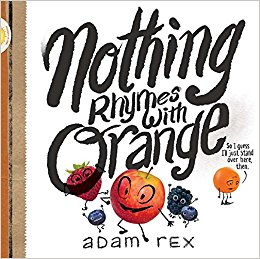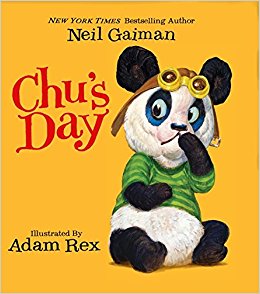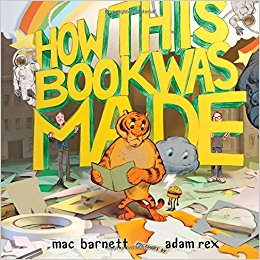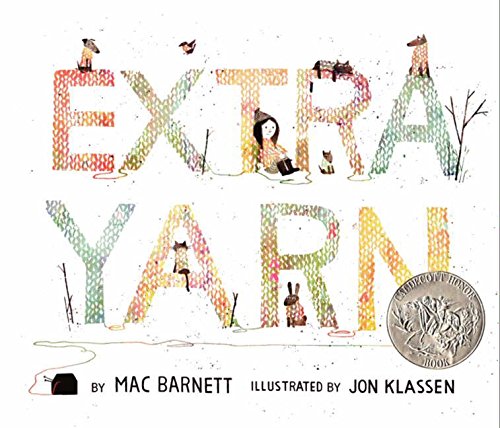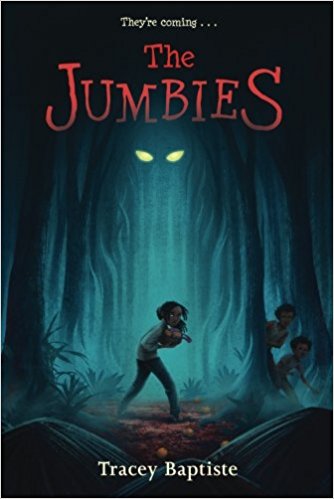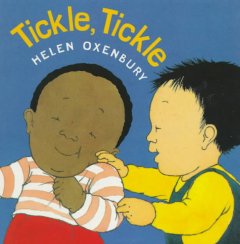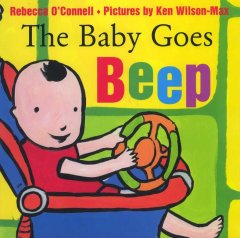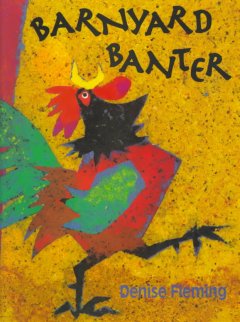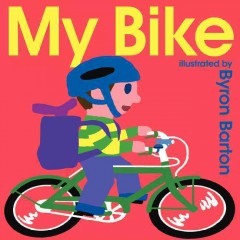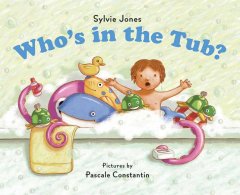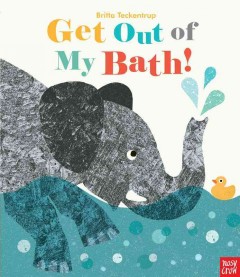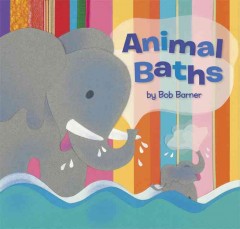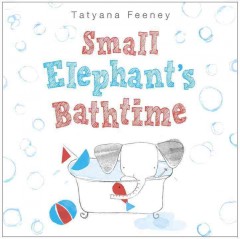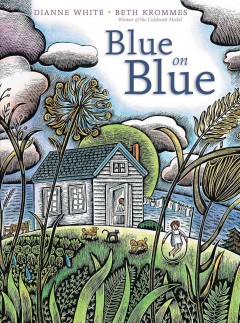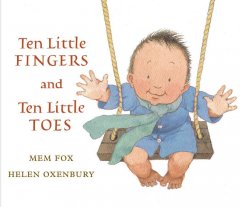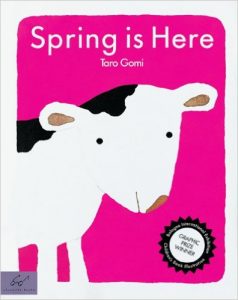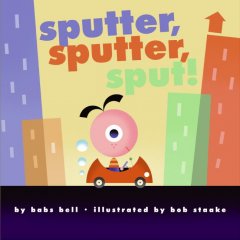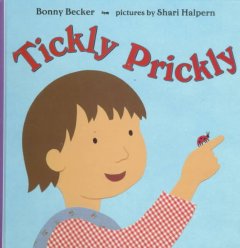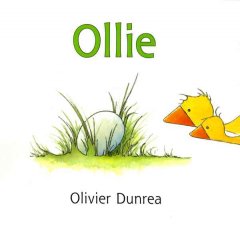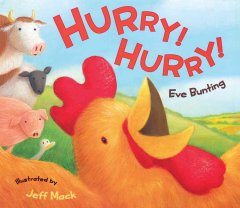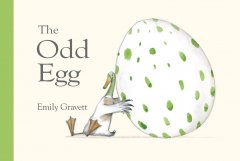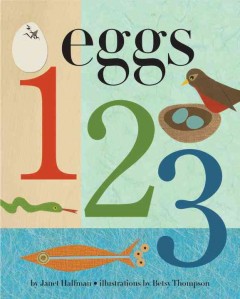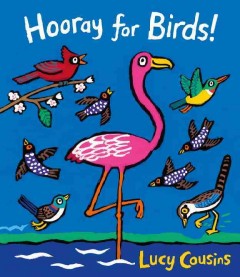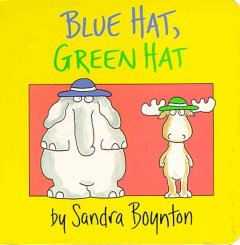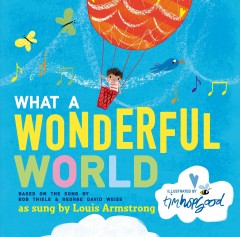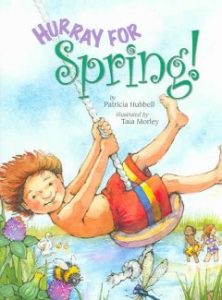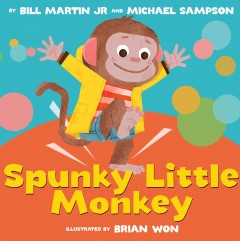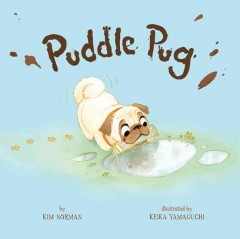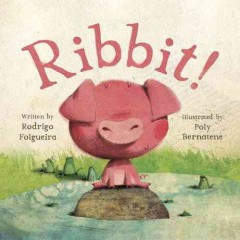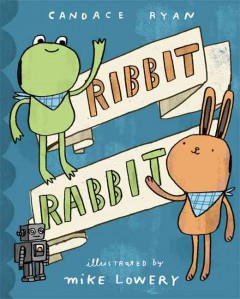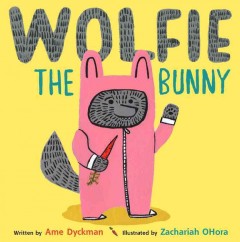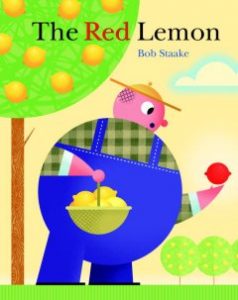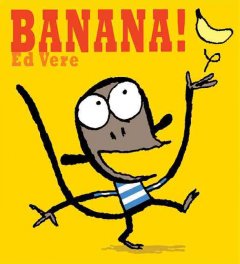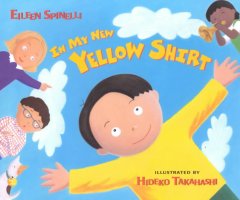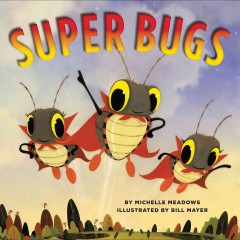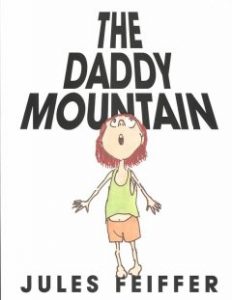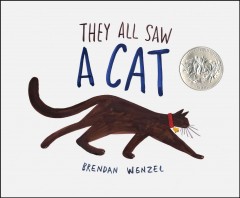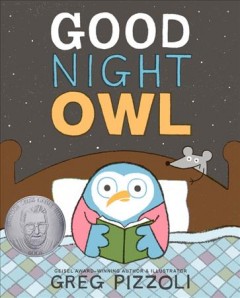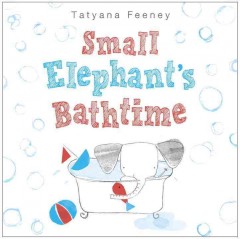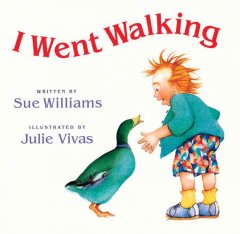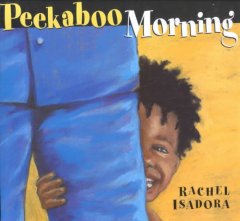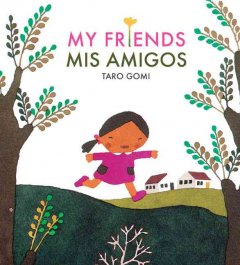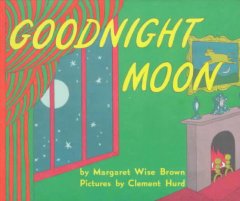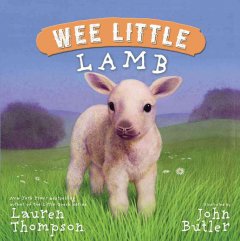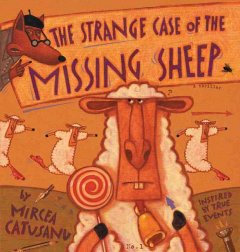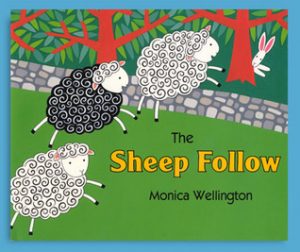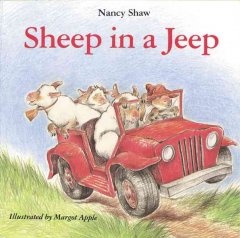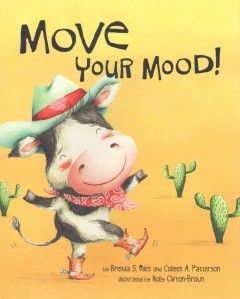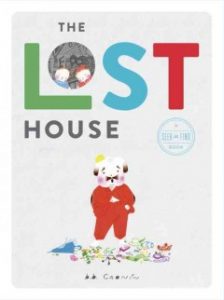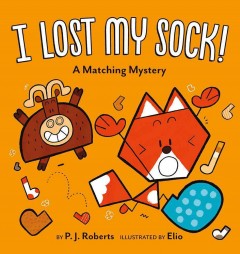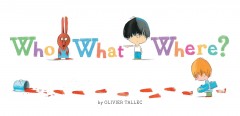All posts by Nicole Giroux

Great Podcasts for Kids
What are podcasts? Podcasts are audio files that can be downloaded to a computer or mobile device. (Despite the name, you don’t need an iPod to listen!) They are often produced as series to which listeners can subscribe to automatically download new episodes.
Who listens to podcasts? Podcasts are made on a variety of topics for all ages.
Why listen to podcasts? Podcasts are fun audio on-the-go! Download and listen anytime you like. Plus, just like listening to audiobooks or to someone else reading aloud, listening to podcasts counts toward your summer reading time!
How can I get started with podcasts? Podcasts can be downloaded directly from podcast websites, podcasts apps on mobile devices, or iTunes. You can subscribe to specific podcasts to have new episodes download to your device automatically when they’re available.
Click here for a printable brochure of the list below!
Check out some of these great podcasts for kids and families:
Activated Stories – Comedic folktales from around the world.
The Alien Adventures of Finn Caspian – An interplanetary adventure in 15- to 20- minute episodes.
Brains On! – Science for curious kids (and adults!).
But Why? – Kids ask the questions and this podcast answers them.
Dream Big – Eva and her mom interview inspiring people living their dreams.
Eleanor Amplified – Recommended for ages 8 – 12, this podcast follows world-famous reporter Eleanor as she seeks The Big Story.
Kids Like You and Me – Real kids talk about how it feels to be excluded because of differences–or accepted in spite of them.
Mindful Frog Adventures – An Australian green tree frog takes children on mindful journeys in their imaginations.
The Radio Adventures of Dr. Floyd – Adventures of The World’s Most Brilliant Scientist, “old time radio”-style.
Saturday Morning Theater – Family-friendly stories in the style of “old time radio” dramas.
Short & Curly – A fast-paced fun-filled ethics podcast for kids and their parents that asks those tough (“curly”) questions.
Sesame Street – Celebrate sunny days with all of your favorite Muppets with new episodes every Monday!
Stories Podcast – Stories for children of all ages. Includes retellings of old tales and original works.
Stories Alive – Audio theater for all ages. Features stories written by elementary students and performed by actors.
Storynory – Retellings of classic tales and new, original stories for children.
Story Pirates – Professional actors, comedians, and musicians turn stories written by kids into sketch comedy and musical theater.
Story Time (Bedtime FM) – Stories for anytime, not just bedtime!
Tumble Science – A family podcast exploring science and discovery.
The Unexplainable Disappearance of Mars Patel – Recommended for ages 8 – 12, this series is a mystery performed by middle-grade kids.
Wow in the World – A weekly show from NPR for elementary-age kids, focusing on science, technology, and new discoveries.
To find even more podcasts for kids, check out the following websites. Please note that sources often group “kids and family” podcasts together, meaning some podcasts listed will be aimed at caregivers, rather than children, as their audience. There are some great parenting podcasts available for grown-ups to listen to (without the kiddos)!

Local Author Visit: Jen Petro-Roy
 The Library was so excited to have our former Teen Librarian, Jen Petro-Roy, return to the library for a visit as a published author! Jen spoke about the inspiration behind her debut novel, P.S. I Miss You, her writing process, and her path to publication. If you missed Jen’s talk, check out her upcoming scheduled appearances on her web page. Here is the link: https://www.jenpetroroy.com/news-and-events
The Library was so excited to have our former Teen Librarian, Jen Petro-Roy, return to the library for a visit as a published author! Jen spoke about the inspiration behind her debut novel, P.S. I Miss You, her writing process, and her path to publication. If you missed Jen’s talk, check out her upcoming scheduled appearances on her web page. Here is the link: https://www.jenpetroroy.com/news-and-events
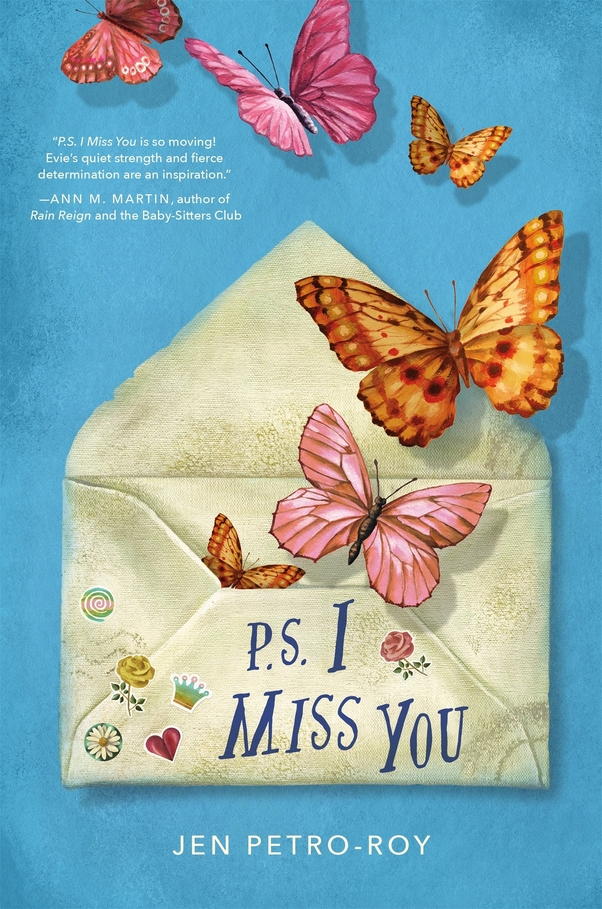
P.S. I Miss You is a middle- grade novel that debuted on March 6 and has already received great reviews. The novel is told through a series of letters secretly sent by 11-year-old Evie to her sister Cilla, who has been sent to stay with a distant great-aunt.
Acclaimed children’s author Kate Messner writes, “A heartbreaking but empowering story that’s impossible to forget… Readers will love Evie’s smart, funny voice and will recognize themselves in her worries, her questions, and her hopes.”
Jen also has two forthcoming books in 2019, so stay tuned!
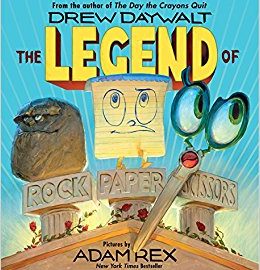
Best Picture Books & Middle Grade Fiction 2017
With the end of the year approaching “Best of…” lists are popping up everywhere. Have you read these Best Picture Books of 2017? (Click the link to see the list in our catalog.)
One of my personal favorites was written by famed author of The Day the Crayons Quit, Drew Daywalt. The Legend of Rock, Paper, Scissors was illustrated by the amazing Adam Rex, known for writing and illustrating his own picture books, such as
and for illustrating other authors, such as Neil Gaiman’s sneezing panda, Chu, books.
With this author/illustrator combo, you really can’t go wrong. Daywalt’s clever text is amplified by Rex’s hilarious illustrations, making this one a true treat. If you’ve ever wondered how the game of Rock, Paper, Scissors began, make sure to check this one out!
Adam Rex also teamed up with Mac Barnett, a great contemporary picture book author, on last year’s How This Book Was Made, another personal favorite.
Barnett authored a recent (2011) favorite of mine, Extra Yarn, a Caldecott honor book and modern fairy tale.
We also have a list of the Best Middle Grade Fiction of 2017. I’m really excited to see Rise of the Jumbies on this list. The first book in the series, The Jumbies, was one of my favorites from 2016. A creepy Haitian folktale comes to life in this spooky adventure story. I particularly enjoyed listening to the audiobook version, which is available in our constortium.
For even more “Best of…” kids book lists, check out the following links:
- Kirkus Reviews Best Picture Books of 2017 – follow the headings at the top of this list to see Kirkus’s other “Best of…” lists for the year
- Goodreads Choice Awards 2017 – Best Picture Books – follow the links on the left side of the page for more Goodreads Choice Awards
- Publishers Weekly Best Picture Books 2017 – following the links at the top of the page for more PW lists
- New York Times Notable Children’s Books of 2017
- New York Times Best Illustrated Children’s Books of 2017
Happy New Year (of books)!
~*Nicole, Head of Children’s
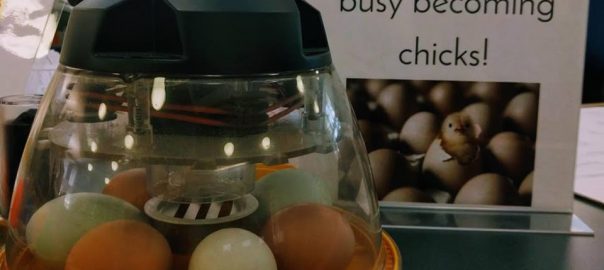
Hatch the Chicks Update
Livestream
Our chicks are almost ready to hatch! The action should start tomorrow, Thursday, July 20th, though it’s possible some chicks may start hatching earlier or later. We’ll have someone here from Drumlin Farm tomorrow at 10:30 am to explain more about the process of hatching, which can take a chick up to 36 hours!
Can’t make it tomorrow? Don’t worry! We’ve set up a livestream of the incubator so that we can all check on their progress from home. Read on for more information about the process of hatching.
From Pip to Zip to Chick
Pip!
The first step of hatching is called “pipping.” First, the chicks will pip into the air sacs within the eggs – we won’t see anything on the outside at this point, but we might be able to hear some chirping. Our chicks are likely already internally pipped, taking their first breaths of oxygen through the air sacs.
Next, the chicks will pip their egg shells – this is when we’ll see cracks in the eggs for the first time. The chicks crack the eggs using an “egg tooth,” a tiny horn-like projection at the tip of the beak that falls off shortly after hatching.
Zip!
The first external pip is so exhausting for the baby chicks that they need to rest for up to 8 hours afterward! Once rested, the chicks will then rotate themselves within the eggs, using their egg teeth to chip the shells thousands of times, creating a “shell cap.” This part, known as “zipping,” can take the chicks up to 5 hours!
Chick!
Once their shell caps have been created, the chicks will attempt to straighten their necks and break free from their shells by pushing against the shell caps. This usually takes about 40 minutes for the chicks to do. Again, the chicks will be tired after all of that hard work! After a short rest, they will then use their head and feet to push their way out of the shells.
When the chicks first emerge from their shells they will be wet and exhausted, again requiring more rest. They’ll rest in the incubator for another day or so until they dry off and their feathers fluff up. Then they’ll be moved to their pen here in the library, where they’ll stay for about two weeks before they return to the farm.
We hope you’ve been enjoying the chick-hatching process at the library as much as we have! We’ll keep the camera on the chicks while they’re here, so you’ll be able to see them grow over the two weeks. Stay tuned!
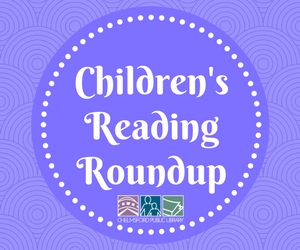
Reading Roundup
Baby Storytime
Toddler Storytime
Preschool Storytime
Yoga Storytime
Early Literacy Tips of the Week

Talk – Take advantage of the nice weather together: take a nature walk and talk about all the things you see. Use descriptive words to talk about the weather, the sights and sounds, the colors, everything around you.
Sing – Sing to or with your child while they take a bath: Bert & Ernie’s “Rubber Duckie” or Bobby Darin’s “Splish Splash” are particularly fun bathtime songs, but any song will do!
Read – Share some of your favorite childhood books with your children, even if you don’t read them aloud. Kids love to hear about when their parents were young like them – bond with books by telling your child what you liked to read as a kid.
Write – When your child draws something, write the word for it next to the picture. For instance, if your child draws a house, write “house” or even “this is a house.”
Play – Save some of your recyclables to play grocery store with.
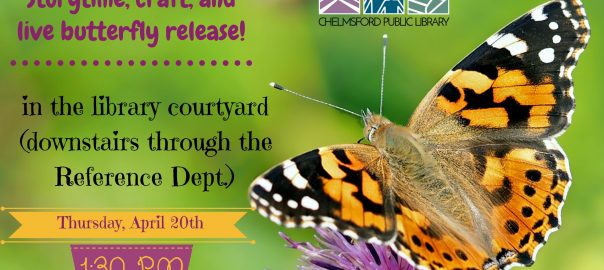
Live Butterfly Release!
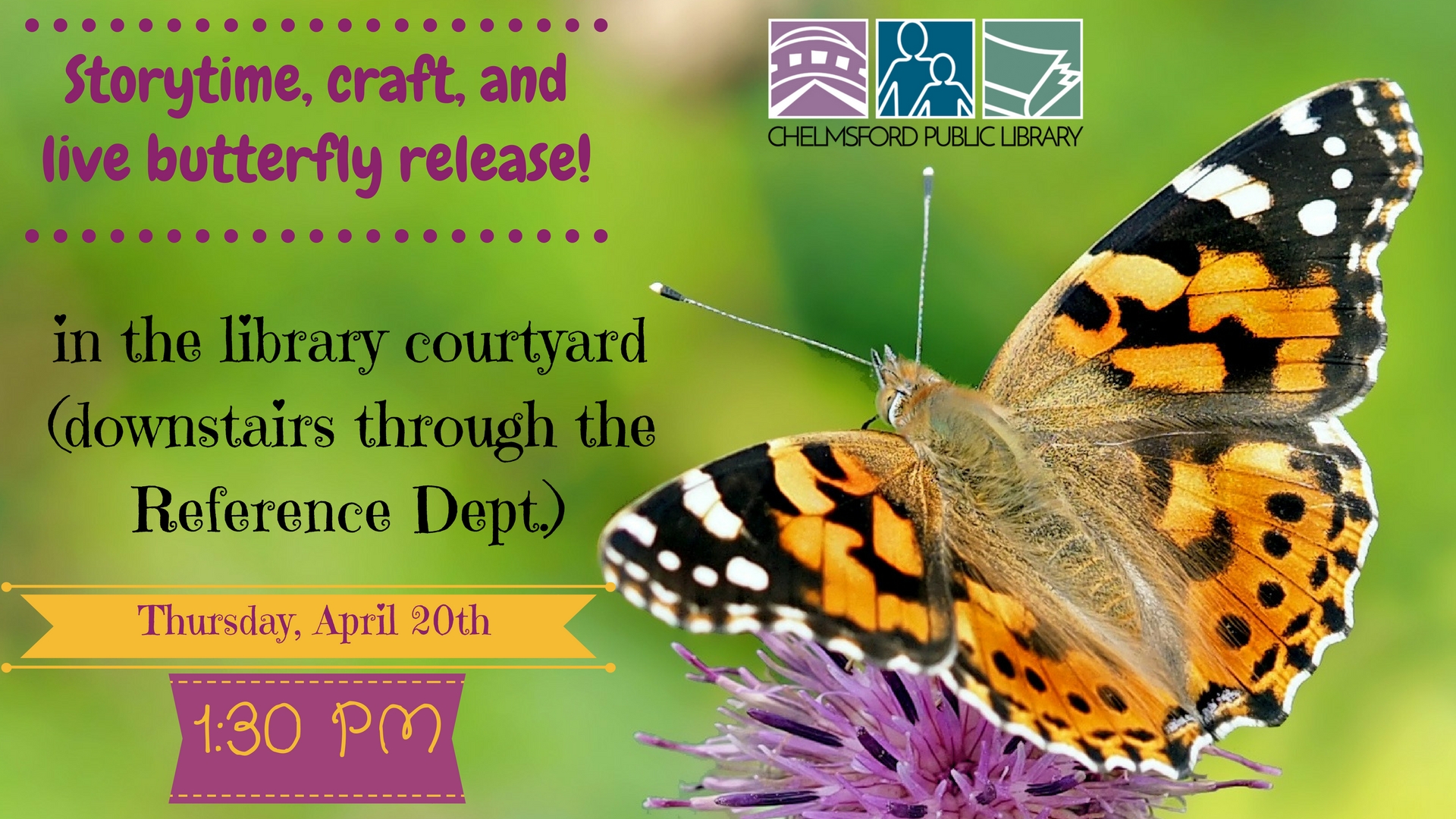

Reading Roundup
Baby Storytime
Toddler Storytime
Preschool Storytime
Yoga Storytime
Early Literacy Tips of the Week

Talk – After reading a book together, ask your child to tell you the story in their own words.
Sing – “Little Bunny Foo Foo” is a fun seasonally appropriate song to sing (though I certainly sing it year round)! Check out this cute video version! Lyrics:
- (sing) Little Bunny Foo Foo
- Went hopping through the forest
- Scooping up the field mice
- And bopping them on the head
- (speak) Down came the good fairy and she said,
- (sing) “Little Bunny Foo Foo
- I don’t want to see you
- Scooping up the field mice
- And bopping them on the head
- (speak) I’ll give you three chances and if you don’t behave, I’ll turn you into a goon!” The next day…
Repeat the whole thing from the beginning 3 more times. On the final time, the fairy says, “I gave you three chances and you didn’t behave. Now you’re a goon – POOF!”
For added fun, use your index and middle fingers to make bunny ears that hop along, then turn your hand into a scoop and “bop” it on top of your other hand.
Read – Don’t read just books! When you’re out with your child, point out text wherever you can, showing your child how important learning to read is. For instance, point out signs on the road.
Write – Put some flour on a baking sheet and help your child trace the letters of their name with their index finger.
Play – When children play with toys, they come to understand that one item represents another, just like letters represent sounds. Play with blocks and pretend they’re different common items, such as by holding one up to your ear to pretend it’s a telephone, or pushing it across the floor with a “vroom” sound to represent a vehicle.

Reading Roundup
Baby Storytime
Toddler Storytime
Preschool Storytime
Yoga Storytime
Dads & Donuts
Early Literacy Tips of the Week

Talk – Before beginning your day, talk about all the things you’re going to do together. “Today, we’re going to eat breakfast and then go grocery shopping. We’ll buy bread, milk, cheese, and other food to cook. Then, we’ll come home and eat lunch. After that, we’ll take a nap. When we wake up from our nap, we’ll play together before dinner” etc.
Sing – play “The Name Game” with names familiar to your child, such as friends, family members, or favorite characters. “The Name Game” is a song from 1964 that has a fun rhythm and can be modified to sing any name. (Can’t watch the video and don’t know the beat? Ask Nicole next time you’re in the library!) My name would be:
- Nicole, Nicole, bo-bicole
- Banana-fana fo-ficole
- Fee-fy-mo-micole
- Nicole!
A verse can be created for any name, with X as the name and Y as the name without the first consonant sound (if it begins with a consonant), as follows:
- (X), (X), bo-b(Y)
- Banana-fana-fo-f(Y)
- Fee-fy-mo-m(Y)
- (X)!
Read – when you read with your child, pause to ask questions (if they can talk). If they’re pre-talkers, pause to point out and name or describe things in the illustrations.
Write – now that the snow is melting, take a stick and use it to “write” in the dirt/mud! Help your child spell their name.
Play – play with household objects together to learn and explore. For instance, fill a large bowl with uncooked penne pasta and let your child dig in. Give them measuring cups to practice filling and pouring. Give them string or pipe cleaners to practice stringing the pasta and work on their fine motor skills.

Reading Roundup
These new weekly posts will share books we read in storytime, highlight some of our latest children’s books, and offer early literacy tips for pre-readers.
Baby Storytime
Toddler Storytime
Preschool Storytime
Yoga Storytime
New Books – Spotlight on Visual Literacy
Visual literacy is the ability to interpret images and make meaning. Check out some of these great new books that encourage young children to answer questions using clues they can find in the pictures. These books are designed to encourage interaction with the images, but all picturebooks help with visual literacy, since the pictures often add details not included in the text.
Next time you’re reading with your child, pause to ask them questions about the pictures. The simple question “What’s happening in this picture?” works wonders! Follow it up with, “What do you see that makes you say that?” to encourage your child to explain their understanding of the image.
Wordless picturebooks are a great way to engage kindergartners and elementary students, while graphic novels are wonderful for developing older children’s visual literacy skills.
Early Literacy Tips of the Week

- Talk – talk aloud to or with your child as often as you can when you’re together.
- For instance, when driving, narrate what is happening around you: “The light is red. We have to stop. First we have to slow down. Now the light is green and we can go. We’re speeding up and going faster now.” Making observations aloud helps children learn new vocabulary and understand how the world works.
- Sing – sing in the car, sing during bathtime, sing a lullaby, make up your own songs!
- Music helps children learn language by breaking words into syllables.
- Read – don’t just read to your child – let your child see YOU reading for fun, too.
- You are your child’s best role model! When children see adults they love reading for pleasure, they make positive associations with reading.
- Write – even pre-writing children benefit from “pretending” to write.
- Encourage scribbling from an early age to help your child’s fine motor skills (playing with crayons helps children learn how to hold a pencil, for instance).
- Play – children learn so much through play!
- Playing with blocks helps them learn about building things and the force of gravity, for instance, and pretend play helps children develop empathy.
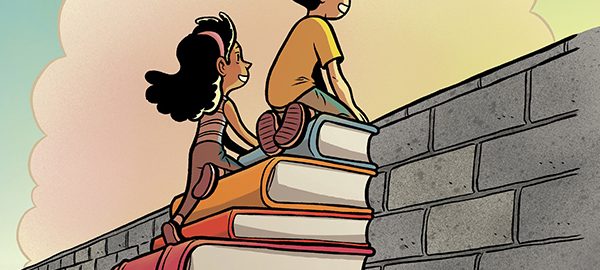
Reading Without Walls Challenge
Get ready for the…
What is it?
Created by National Ambassador for Young People’s Literature Gene Luen Yang, Reading Without Walls is designed to open readers’ eyes to the wide world around them, promoting diversity, new ideas, and new experiences. Gene challenges all readers–not just children–to read without walls!
We’re inviting our young patrons to take on the challenge this spring. Step outside of your comfort zone and into the pages of a book! Read (at least) three books throughout the months of April & May, one (or more!) from each of these three categories:

How do I participate?
Starting April 1st, children and teens are invited to stop by the Children’s Room and tell one of our librarians which challenge they completed (character, topic, or format) to receive a wearable badge showcasing their accomplishment. Collect all three badges and earn a certificate for finishing the entire challenge. Of course, you’re not really “finished” – keep on reading without walls and expanding your horizons!
What should I read?
Need reading suggestions? Ask a librarian or check out some of these great book lists to get started:
Diversity Book Lists
- The Pragmatic Mom’s Diversity Book Lists – 60+ multicultural book lists
- School Library Journal’s Diverse Books For Children Under 5 List
- Goodreads Diversity Book Lists – diversity book lists for all ages across many genres
- Teaching for Change Book Lists – features both themed and age-based diversity lists
- Embrace Race – Books Featuring Children of Color List
- LGBTQ+Books for Children List
Format Book Lists






